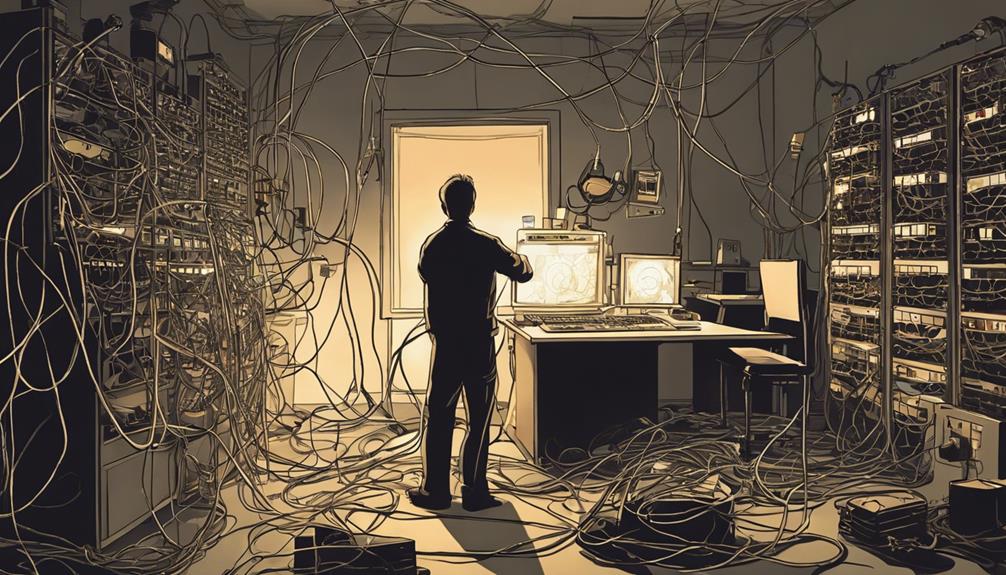
Large solar panels have taken the renewable energy market by storm, proving to be an efficient solution for both residential and commercial energy needs. As the world shifts towards sustainable energy solutions, understanding the benefits, installation processes, and maintenance of large solar panels becomes imperative. In this comprehensive guide, we’ll explore everything you need to know about large solar panels, helping you make informed decisions for your energy future.
Understanding Large Solar Panels: What Are They?
Large solar panels are typically defined as photovoltaic (PV) systems that occupy significant roof space or ground areas, often exceeding 300 watts per panel. These panels convert sunlight into electricity, providing a renewable energy source that can significantly reduce electricity bills. Unlike smaller panels, large solar panels are designed to capture more sunlight, making them ideal for homes with ample roof space or businesses looking to decrease their carbon footprint. By harnessing solar energy, users can not only save money but also contribute to a cleaner environment.
The Advantages of Installing Large Solar Panels
One of the primary benefits of large solar panels is their efficiency. Larger panels generally have a higher energy output due to their increased surface area, allowing them to generate more electricity per square foot. This efficiency translates to lower installation costs per watt, making them a financially savvy choice for homeowners and businesses alike. Additionally, large solar panels can provide energy independence, reducing reliance on traditional energy sources and protecting users from fluctuating electricity prices. Moreover, the environmental benefits are substantial; transitioning to solar energy significantly reduces greenhouse gas emissions, contributing to a sustainable future.
Cost Considerations for Large Solar Panels
When considering large solar panels, understanding the cost implications is crucial. The initial investment for large solar panel systems can be significant, with prices varying based on factors such as panel quality, installation complexity, and local incentives. However, it’s important to note that many governments offer tax credits, rebates, and other incentives that can substantially lower the upfront costs. Furthermore, the long-term savings on energy bills can offset the initial investment, making large solar panels a financially sound choice over time. On average, homeowners can expect to see a return on investment within 5 to 10 years, depending on their energy consumption and local electricity rates.
How to Choose the Right Large Solar Panels for Your Needs
Selecting the right large solar panels involves several considerations. First, assess your energy needs by reviewing your electricity consumption history. This data will help determine the size and number of panels required to meet your energy demands. Next, research different solar panel brands and models, focusing on efficiency ratings, warranties, and customer reviews. It’s also essential to consider the type of solar panels available; monocrystalline panels are typically more efficient but come at a higher price, while polycrystalline panels are more affordable but slightly less efficient. Consulting with a solar energy consultant can provide valuable insights tailored to your specific situation.
The Installation Process of Large Solar Panels
Installing large solar panels is a multi-step process that requires careful planning and execution. Initially, a professional solar installer will conduct a site assessment to evaluate the best placement for the panels, taking into account factors such as roof orientation, shading, and structural integrity. Once the assessment is complete, the installation team will secure necessary permits and begin the installation process. This typically involves mounting the panels, connecting them to an inverter, and integrating the system with your home’s electrical grid. The entire process can take anywhere from a few days to a couple of weeks, depending on the complexity of the installation and local regulations.
Maintenance and Longevity of Large Solar Panels
One of the remarkable aspects of large solar panels is their low maintenance requirements. Most panels are designed to last 25 years or more, with manufacturers providing warranties to back their longevity. Regular maintenance primarily involves cleaning the panels to remove dust, debris, and snow, which can obstruct sunlight and reduce efficiency. Additionally, periodic inspections by a professional can identify potential issues before they become costly repairs. It’s also advisable to monitor the system’s performance regularly, ensuring that it operates at optimal efficiency.
Exploring the Environmental Impact of Large Solar Panels
The environmental benefits of large solar panels are profound. By generating clean, renewable energy, these systems help reduce reliance on fossil fuels, which are a significant contributor to climate change. Transitioning to solar energy can dramatically lower carbon footprints, making it an essential component of global sustainability efforts. Furthermore, large solar panels can promote energy independence, reducing the need for energy imports and strengthening local economies. As more individuals and businesses adopt solar technology, the cumulative effect can lead to substantial reductions in greenhouse gas emissions, fostering a healthier planet for future generations.
The Future of Large Solar Panels in Renewable Energy
As technology advances, the future of large solar panels appears promising. Innovations in solar panel efficiency, energy storage solutions, and smart grid technologies are paving the way for even greater adoption of solar energy. Additionally, as more governments and organizations commit to renewable energy targets, the demand for large solar panels is expected to rise. This trend will likely lead to further reductions in costs and improvements in technology, making solar energy more accessible to a broader audience. Embracing large solar panels not only serves individual energy needs but also plays a crucial role in the global transition towards sustainable energy sources.
In conclusion, large solar panels offer a multitude of benefits for both homeowners and businesses. From their efficiency and cost-effectiveness to their environmental impact, they represent a viable solution for those looking to reduce their energy costs and contribute to a sustainable future. By understanding the ins and outs of large solar panels, you can make informed choices that align with your energy needs and sustainability goals. Whether you are a first-time buyer or considering an upgrade, the transition to solar energy is a step towards a brighter, greener future.





